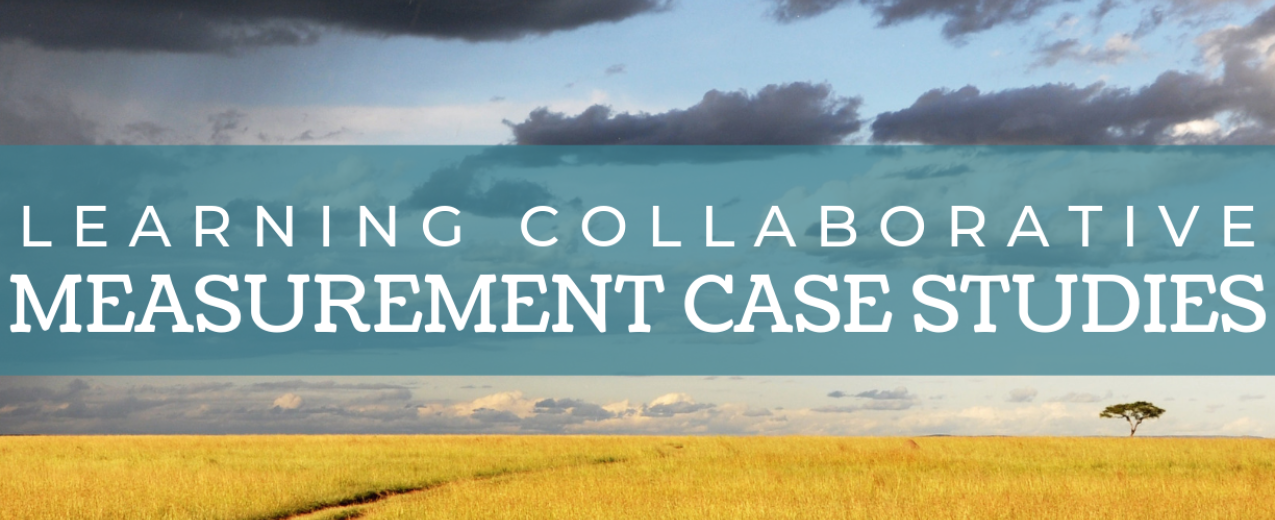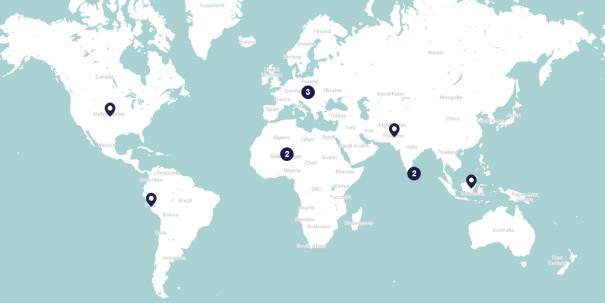
- Project summary
- 14 January 2021
Organizations involved
STRIVE - LSHTM
Summary
Samata (2013-2017) was a program designed to improve the quality of life of adolescent girls ages 13-17 from marginalized communities, specifically in scheduled castes, in the Bijapur and Bagalkot Districts of India. Samata aimed to increase the proportion of adolescent girls who: enter formal secondary education, complete secondary education, delay marriage, and delay their sexual debut.
Social norms of interest
Girls’ mobility, puberty and menarche, early marriage
Behaviors of interest
Girls’ education, early sexual debut, early marriage, HIV risk
Project components
The project was designed for a range of stakeholders, from adolescent girls and boys, their parents, schools and teachers, to the wider community, state and district officials and local media. It collaborated with schools to make girls’ education more relevant, rewarding, and safe. It intervened at the family level to create an enabling environment for girls’ education. It also intervened with boys ages 13-18 using sports. Interventions at the community level aimed to increase recognition of the importance of educating girls, gender norms, and the consequences of early marriage, teenage pregnancy, early child bearing, etc., with the objective of building popular support for girls' education. The interventions were at the village level, involving the key leaders, opinion makers, and influential persons. This was also to build necessary support systems and an environment that was conducive for girls to complete secondary education. Interventions with the Department of Education form and strengthened collaborations between officials, the program, and the civil society and also involved advocacy.
Social norms measurement
IDI, case studies, baseline and endline questionnaire
Key findings to date
92.6% (2257/2457) of girls participated at baseline (13-14 years) and 72.8% (1788/2457) participated at end-line (15-16 years). At end-line, uptake of skills and training, gender equitable attitudes around marriage, and recent harassment by boys were significantly higher among girls in the intervention arm but there was no difference in uptake of government school scholarships, gender equitable attitudes around education or eve-teasing, or an enabling school environment by trial arm. Out-of-school/married girls were significantly less likely to have accessed skills or training, to have attended empowerment groups or to have made new friends (past year). They had lower levels of self-efficacy and were twice as likely to report having no hope for the future compared with their in-school/unmarried counterparts.
